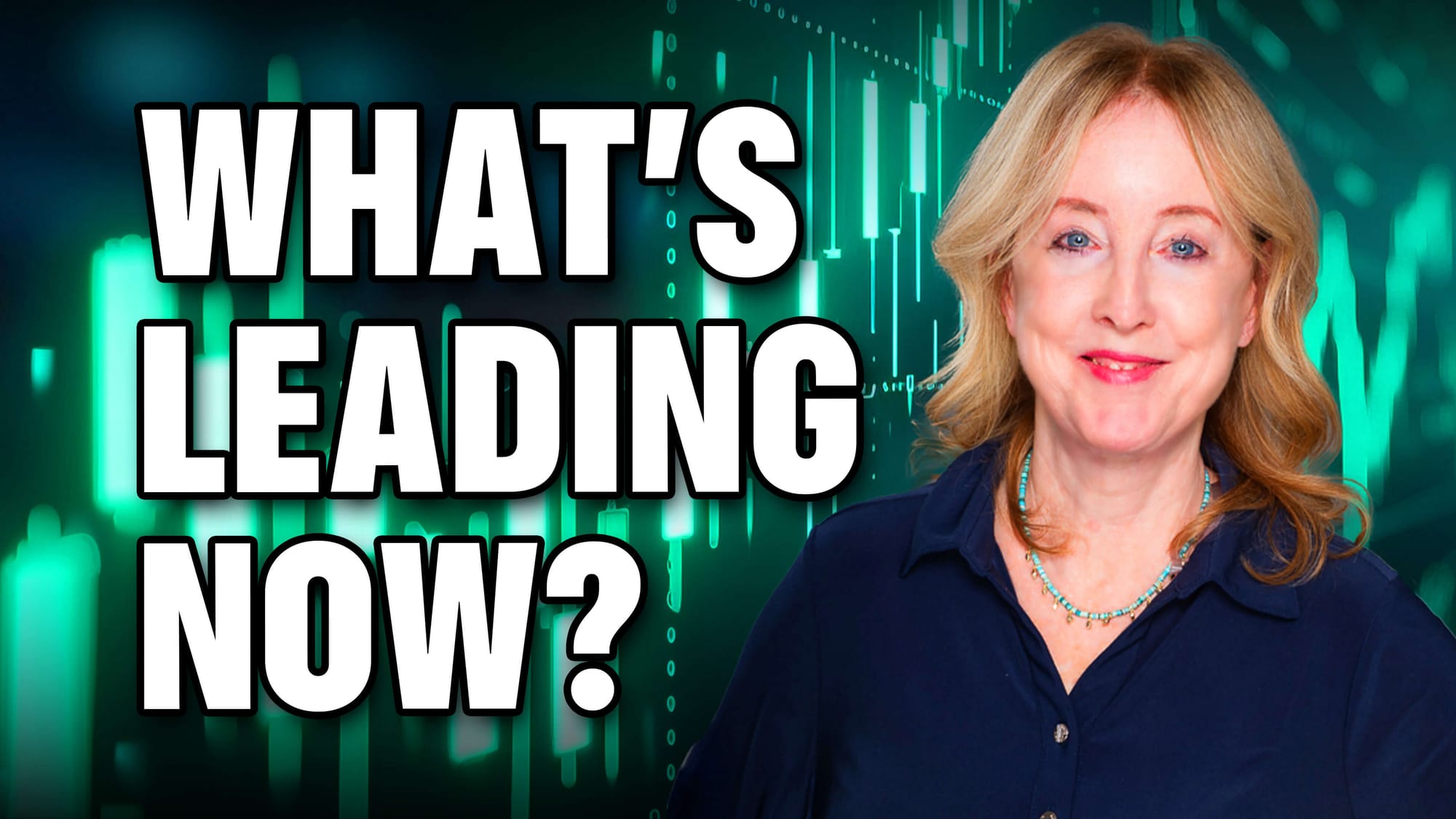LIBOR FALLS TO SIX-WEEK LOW AND HELPS TO STEADY STOCKS -- STEEPER YIELD CURVE MAY ENCOURAGE BANKS TO LEND -- THE MARKET WILL BOTTOM BEFORE THE ECONOMY -- WEEKLY EMA LINES ARE STILL DOWN
LIBOR DROP ENCOURAGES MARKETS ... One of the recent positive trends is the continuing drop in the three-month London Interbank Overnight Lending Rate (LIBOR). That rate determines what banks charge each other for loans. During the credit freeze that started in mid-September, the LIBOR jumped from 2.8% to 4.8% as stocks fell sharply. Since mid-October, however, the LIBOR has been dropping. It fell another 16 basis points today to 3.03 (see arrow) which is the lowest level in six weeks. That's helping to stabilize global stock markets.

Chart 1
STEEPER YIELD CURVE MAY ENCOURAGE BANKS TO LEND... Since the Fed lowered its short-term rate to 1% on Wednesday, long term yields have actually risen. There may be several reasons to explain that. One possibility is that bond investors are concerned about a rebound in inflation once the economy starts to stabilize. Another reason is the expectation for heavy borrowing needs to finance all of the recent bailout packages. More bonds on the market push bond prices lower and bond yield higher. Another possibility is that some investors are moving some money out of bonds and back into stocks. The correct answer is probably a combination of all three reasons. The daily bars in Chart 3 show the 10-Year T-Note Yield rising since mid-September. That rebound took place after a successful test of the early 2008 lows. The green line shows the three-month T-bill rate falling which has resulted in a steeper yield curve between short and long-term rates. A steeper yield curve encourages banks to lend more. That's because banks pay out in short-term rates and lend at long-term rates. A steeper yield curve makes it more profitable for banks to lend. That may be a result the Fed is hoping for.

Chart 2
CHARTS VERSUS THE ECONOMY ... One of our readers suggested that the fact that the market was bouncing in the midst of bad economic news showed the weakness of charting. I'd like to suggest that it's the other way around. The charts signaled a major top during the fourth quarter of last year which we wrote about extensively (see next paragraph). We also wrote that a falling stock market would signal the onset of a recession within six to nine months of the October 2007 peak (which would be global in scope). Some economists as recently as last week weren't sure we were heading into a recession. They're a year late. The fact that an oversold market is bouncing in the midst of economic news is not surprising. The market had already correctly discounted that bad news. I'd caution against using economic news to time the stock market. If you're going to wait for the economic news to improve before buying stocks, you'll be very late. That's because the market usually bottoms just after the midpoint of a recession. In other words, it will usually bottom when the news is still bad. I'm not suggesting that this is that bottom. I'm just pointing out that you can't trade the market by following economic news. It's the other way around. Just as the market peaked long before the economic news turned bad, the market will bottom long before the economic news starts to improve. That's the strength of charting, not a weakness. Chart 3 shows one way to tell when an important bottom is finally reached. I'd suggest using it instead of the economy to time a bottom.

Chart 3
WEEKLY EMA TREND IS STILL DOWN... I've written numerous times about the value of the 13-34 period exponential moving average (EMA) combination to signal market turns. To me, the weekly is the most important. That's because monthly signals are too slow, while daily signals only measure short-term moves. I find weekly signals to be the best vehicles for finding tradable market turns (that's true with most other indicators as well). The 13 and 34-week EMA lines are placed on weekly S&P 500 bars for the last two years in Chart 3. A downside crossing last December (which I pointed out at the time) gave the first major sell signal since the bull market started in 2003. At no time in the last year have the two EMA lines come even close to turning positive. The best that can be said at the moment is that the downtrend has fallen too far and is due for a bounce or a period of consolidation to work off an oversold condition (see RSI line). There's no evidence of a major bottom however. The solid line below Chart 3 plots the spread between the two EMAs. It hasn't even started to narrow. That's the first sign of improvement to look for. To signal an important bottom, the two EMA lines have to turn positive and the black line needs to cross back over zero. That's nowhere close to happening.










